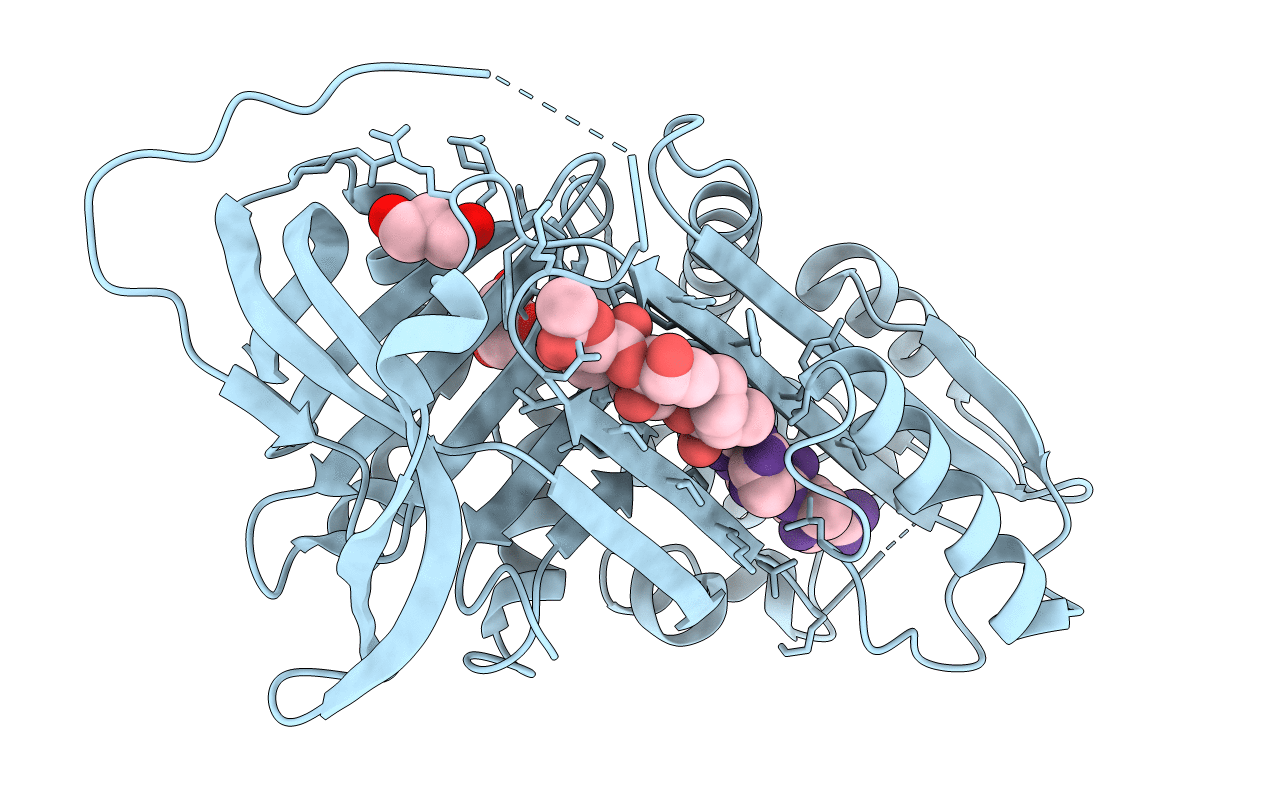
Deposition Date
2014-03-28
Release Date
2015-06-10
Last Version Date
2024-10-30
Entry Detail
PDB ID:
4PYW
Keywords:
Title:
1.92 angstrom crystal structure of A1AT:TTAI ternary complex
Biological Source:
Source Organism:
Homo sapiens (Taxon ID: 9606)
synthetic construct (Taxon ID: 32630)
synthetic construct (Taxon ID: 32630)
Host Organism:
Method Details:
Experimental Method:
Resolution:
1.91 Å
R-Value Free:
0.22
R-Value Work:
0.19
R-Value Observed:
0.19
Space Group:
C 1 2 1


